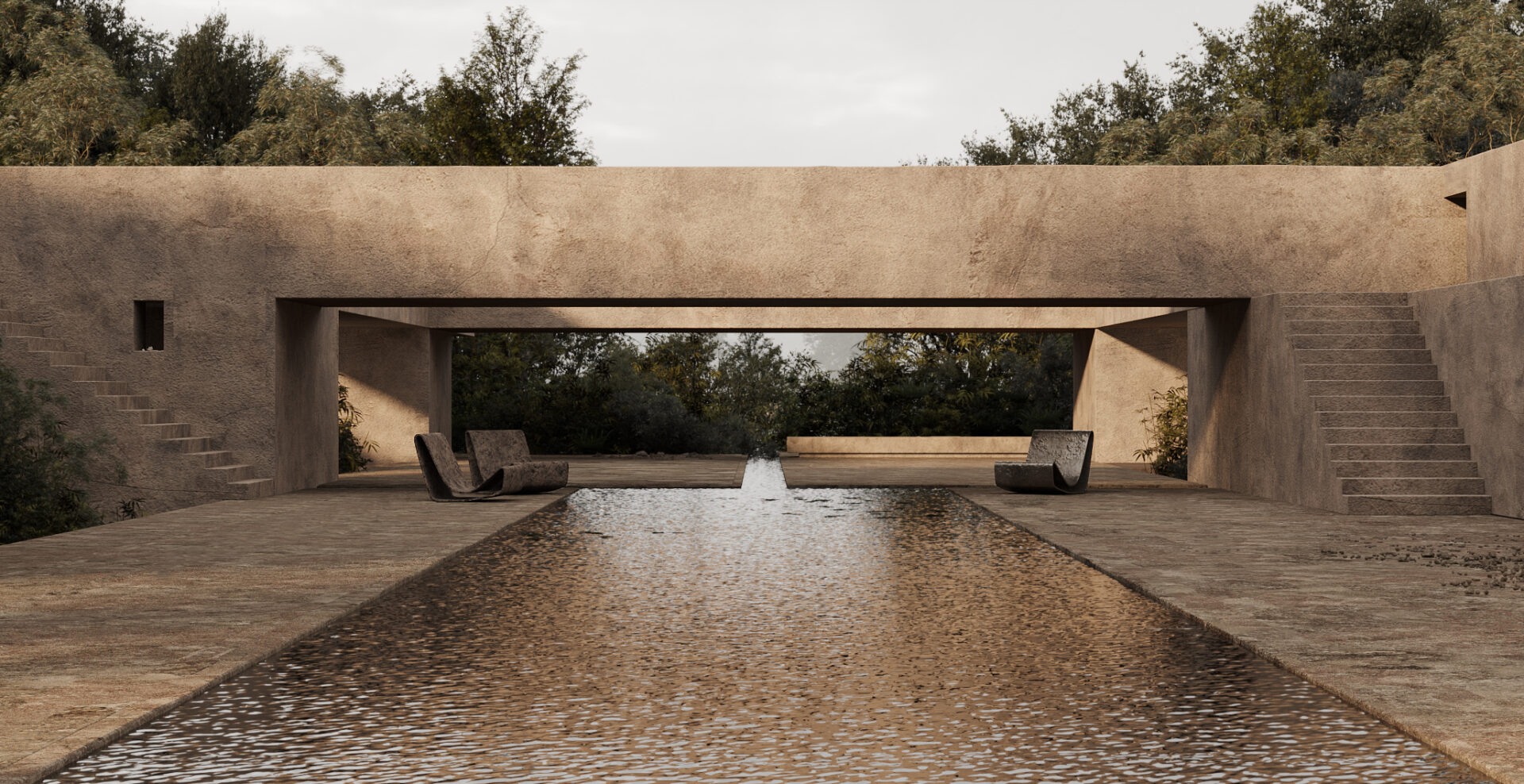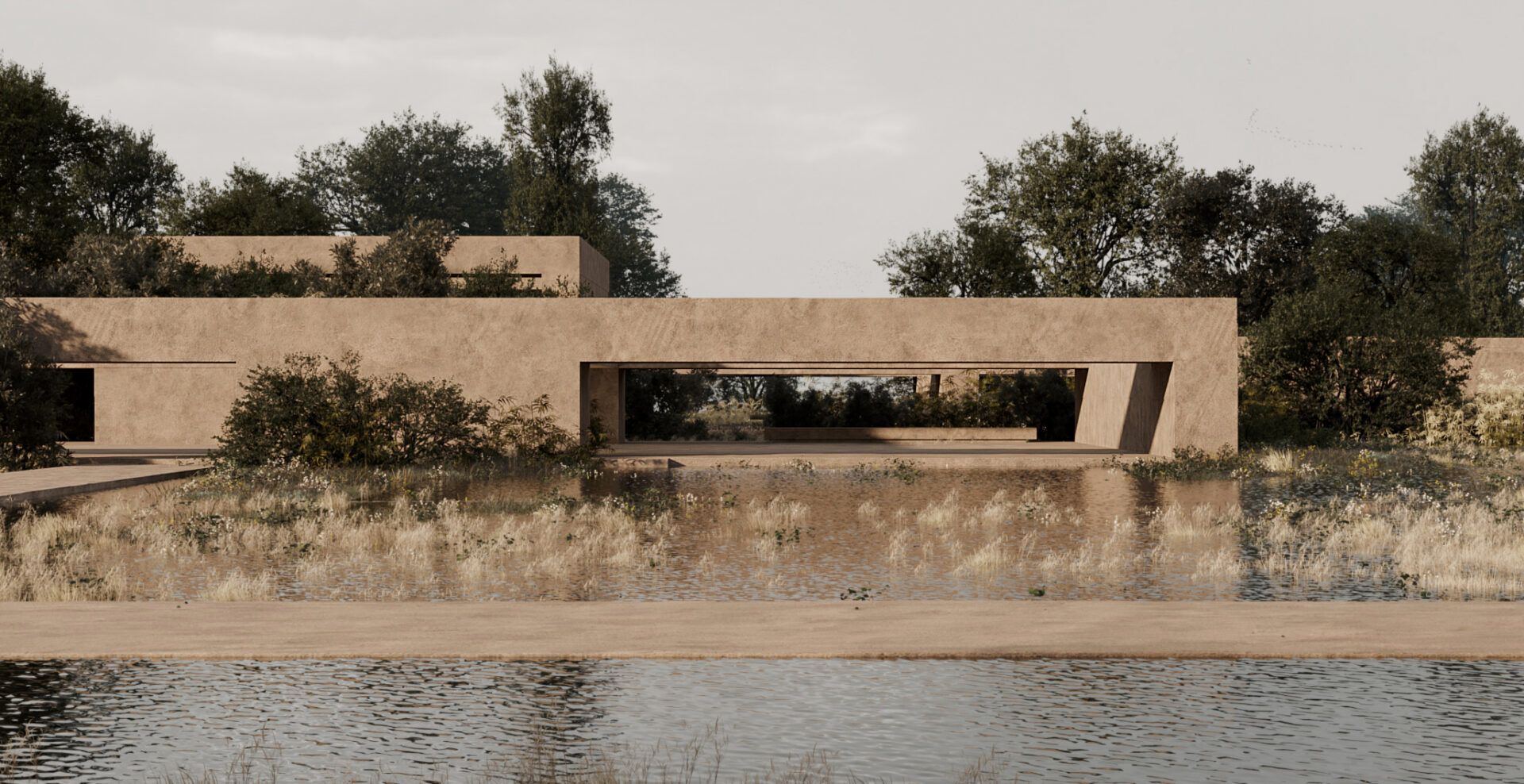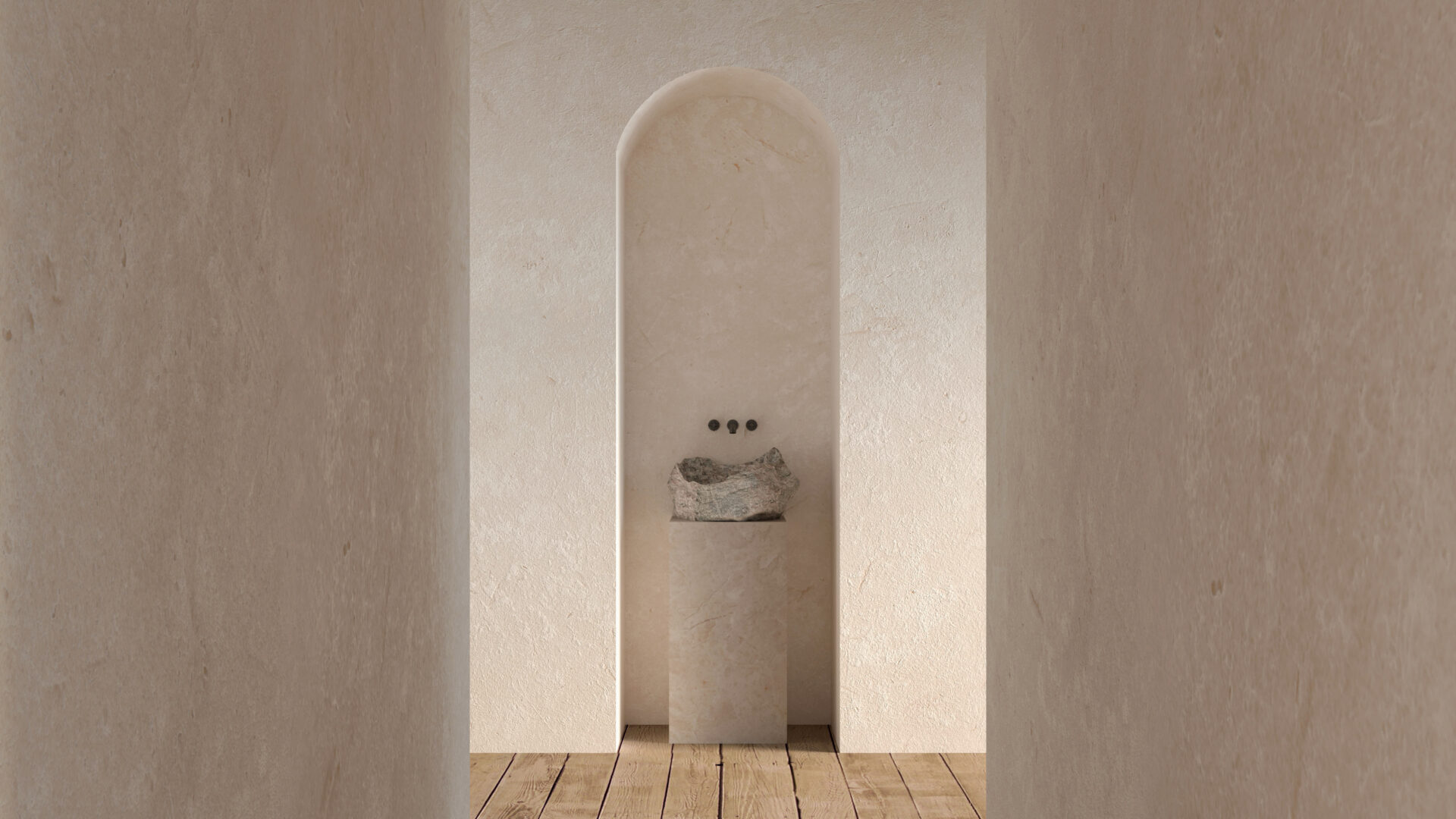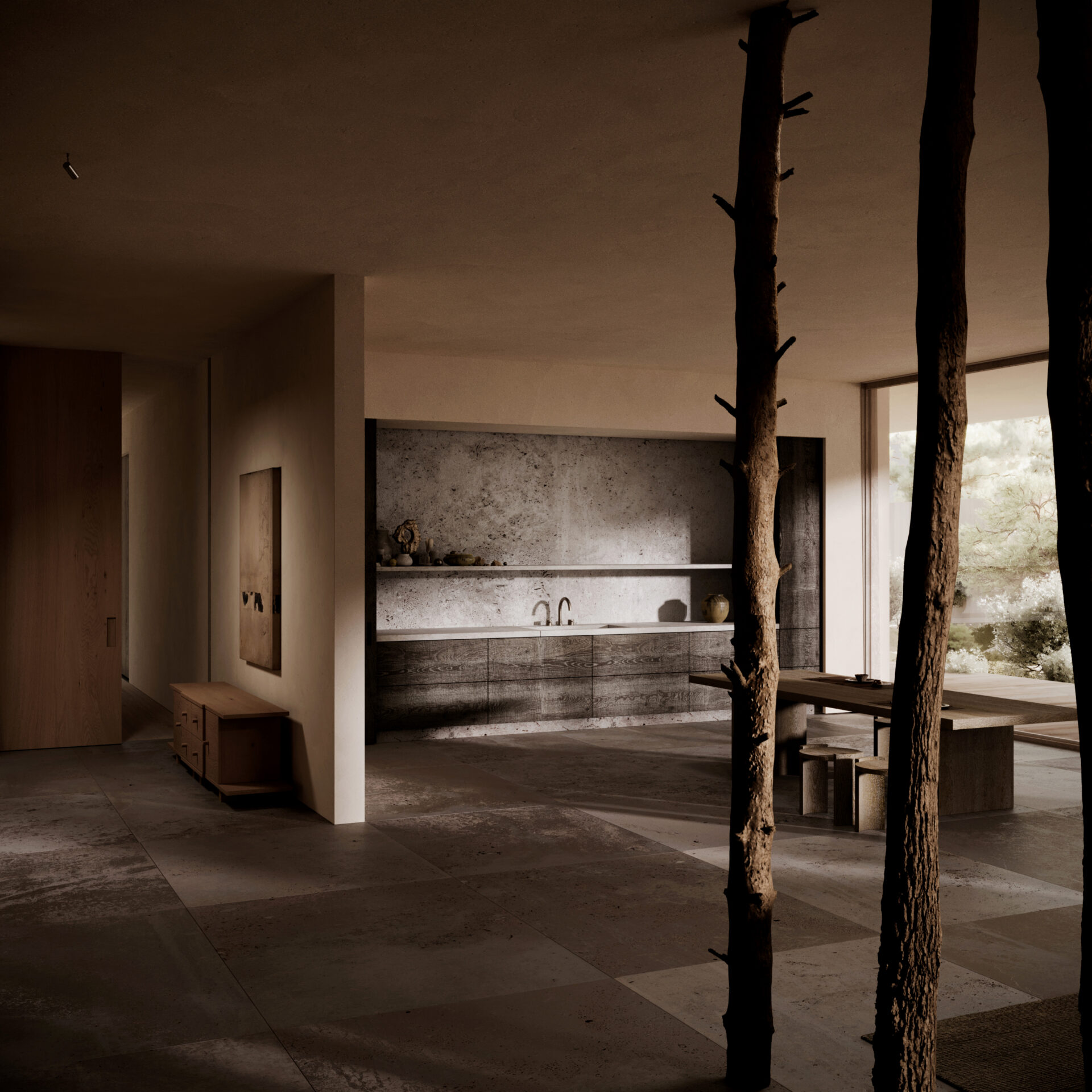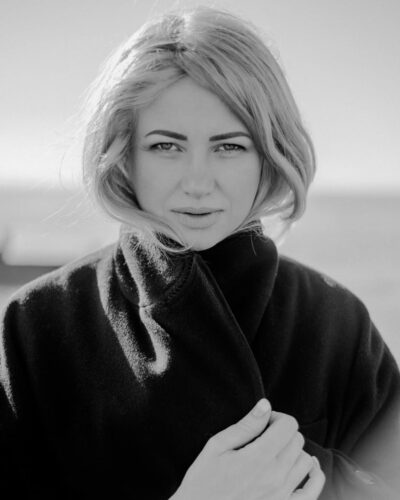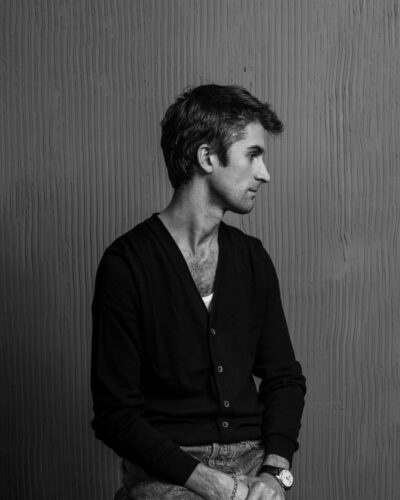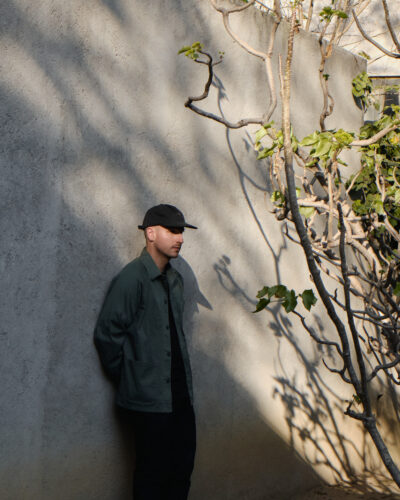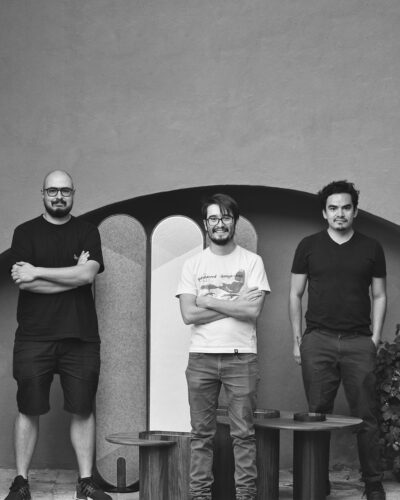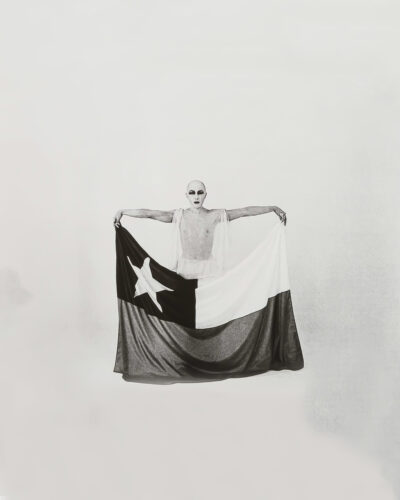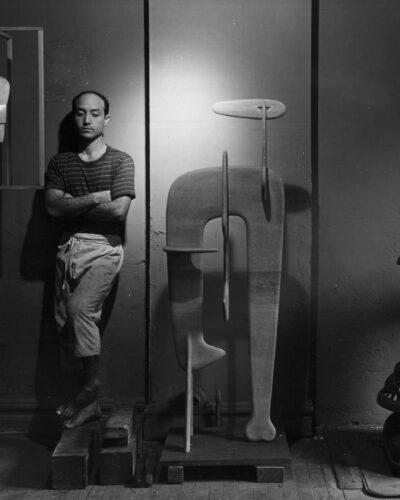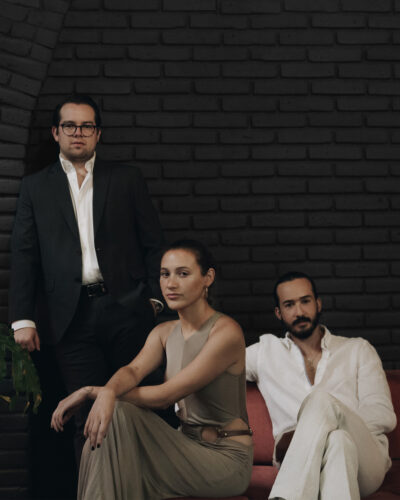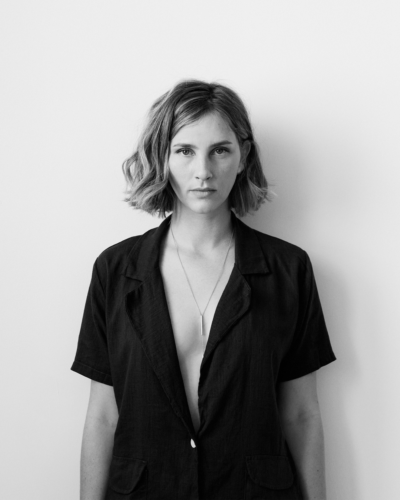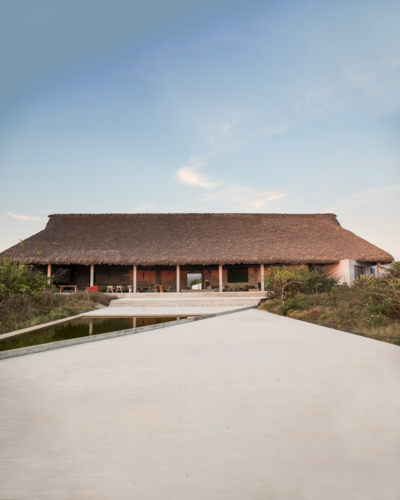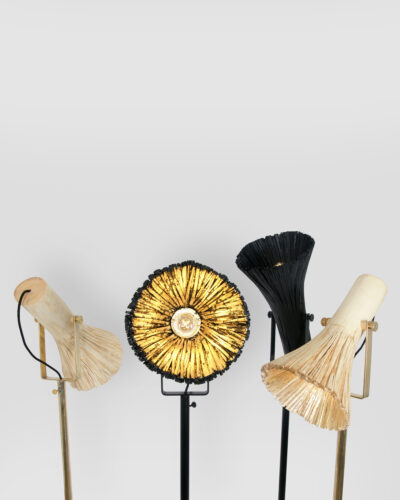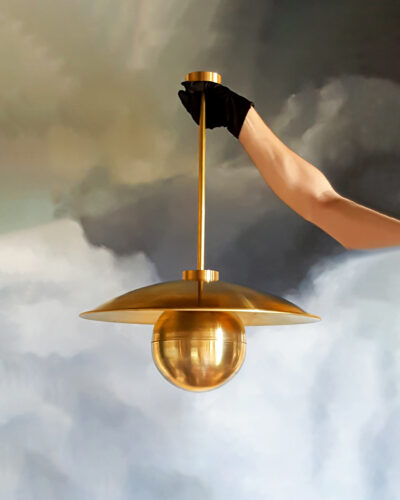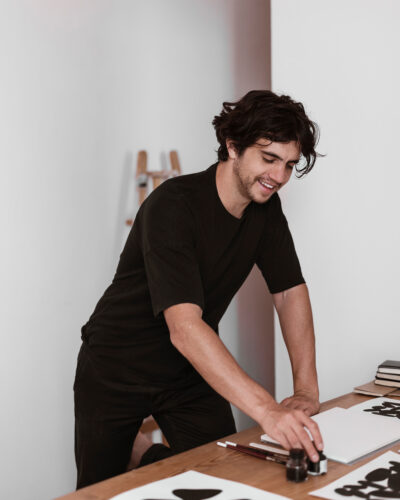For Niezabitowski, the Japanese philosophy is expressed in his use of honest materials and raw textures; his desire to use only natural light to illuminate a space; and his accentuated use of shadow. “I really like an interior that is only made from textures, where the colours are very unsaturated but the materials are full of detail. For me, that creates a very special ambience.”
“I like an earthy palette and I love rough materials, like stone, travertine and wood – especially oak. And for the walls, lime plaster is my favourite,” says the designer, whose tonal interiors have a distinct sense of calm and quietude. Niezabitowski’s visualisations include a monastery in Antwerp, Belgium, which was built in the 17th century, and that fell into disrepair and ruin over the centuries – and his reimagining of the space is based on a clean and contemporary scheme, but with an appreciation for worn textures and historic detailing, which combine to create a sense of timelessness – a building that is both of the past and the present.

